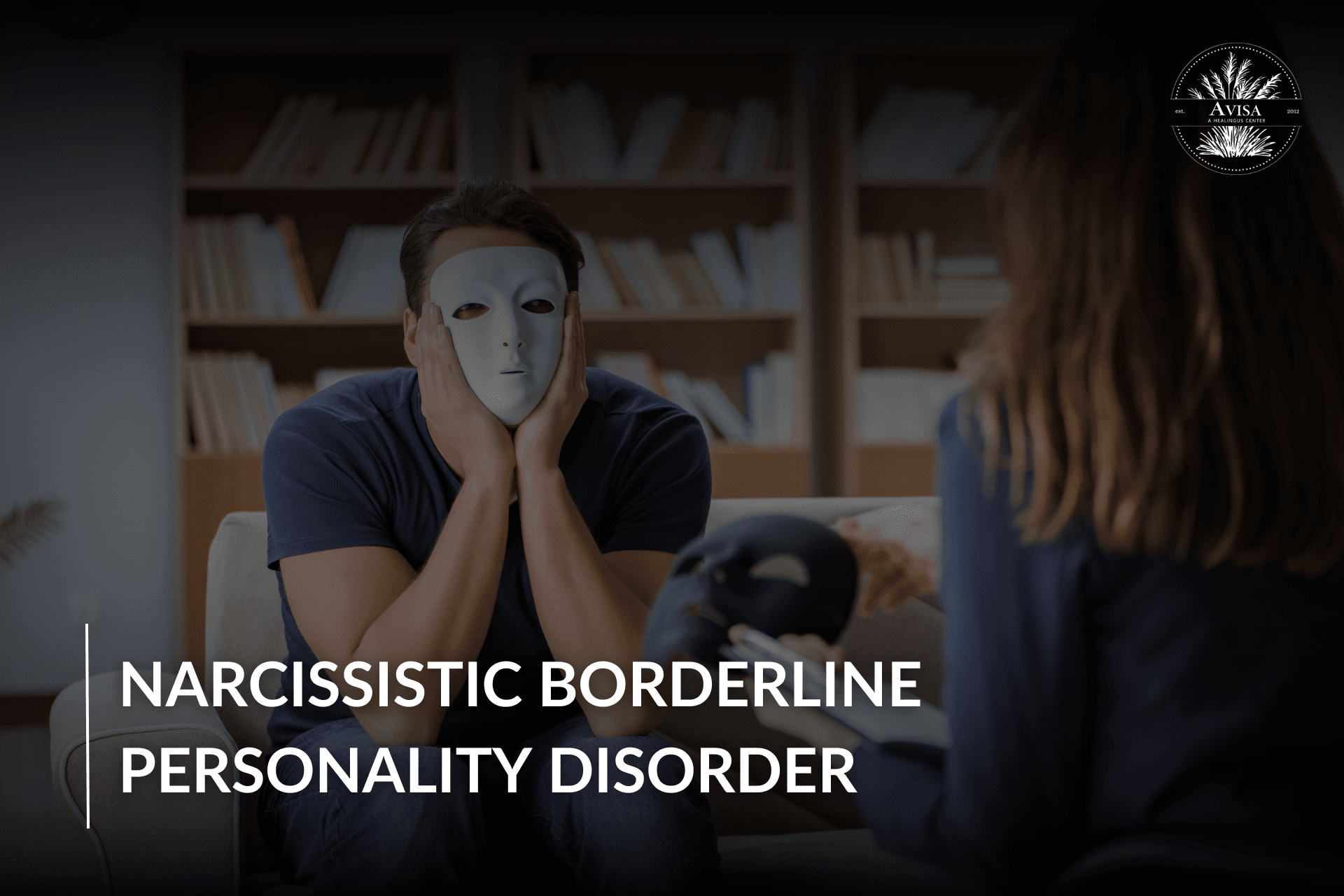We all have that one friend who gets deeply upset after a misunderstanding or a minor argument. While we see them as “being too serious”, the problem can be bigger than what we think. People exhibiting narcissistic borderline personality disorder are confused between the fear of abandonment and grandiosity.
They often idealize someone and start devaluing them as soon as they make a mistake. This mostly happens when these people get into romantic relationships and start burdening the other person with too much expectations and living in a dream world.
Managing both of these disorders itself is a challenging task, hence when people start experiencing them together, the struggle becomes double.
This blog is to educate and help you understand the nuances of narcissistic borderline personality disorder.
Your Mind is Not the Enemy, But It Needs Help!
What is narcissistic borderline personality disorder?
Narcissistic Borderline Personality Disorder is conveniently used to describe people who possess both narcissistic personality disorder and borderline personality disorder.
According to a study, 75% of people with borderline personality disorder are males whereas 75% of people with narcissistic personality disorder are females.
NPD is characterized by a grandiose sense of self-importance, a need for excessive admiration, and a lack of empathy for others. On the other hand, BPD is marked by intense emotional instability, fear of abandonment, and difficulty maintaining stable relationships.
Let’s understand the causes, symptoms and treatment options for people struggling with narcissistic borderline personality disorder.
What causes narcissistic borderline personality disorder?
Narcissistic borderline personality disorder can be caused due to a variety of factors. Some of the impactful ones are:
- Emotional negligence in childhood which can lead to feelings of fear and being abandoned.
- Social and environmental influence where your personality is tied up to how successful you are in a particular domain.
- Prioritizing “achieving things” over building an emotional connection.
- People build defense mechanisms to avoid discomfort and hence, leading to bigger problems.
- Negative self-talk can lead to your brain internalizing how bad you are without seeing both sides of the coin.
Symptoms of Borderline Personality Disorder with Narcissistic Features
Catching the early signs and symptoms of narcissistic borderline personality disorder is hard but here are some of the noticeable changes you can pay attention to:
1. Unstable Self-image
Occasional self-doubt is real. At times, we all feel worthless and unmotivated to do anything. But if it becomes a pattern, it’s concerning. A person with BPD feels empty and unsure about their self-image, leaving them thinking they are insignificant and incompetent. On the other hand, people with NPD admire themselves more than they actually are. They have an exaggerated sense of self-importance.
2. Behaviour Toward Others
People with narcissistic borderline personality disorder often exhibit traits of manipulating others to avoid getting abandoned while seeking validation to protect their self-image.
3. Emotional Turmoil
People with narcissistic borderline personality disorder can shift from feeling frustated, and sad to being angry and defensive. Hence, moments of getting approved by someone often clashes with maintaining the self-image of independent and strong personality.
Treatment Options for Co-Occurring NPD and BPD
Precaution is always better than cure. We all have heard this and faced this at some point in our lives. But when it comes to detecting and treating mental health disorders, we don’t know where to start from. Here are some treatment options for people facing a co-occurence of NPD and BPD:
1. Talk Therapy
Using behavioural therapies like Dialectical Behaviour Therapy (DBT), Schema Therapy, Cognitive Behavioral Therapy (CBT), Tranference Focused Therapy and Mentalization Based Therapy can help you talk out your problems and let experts deal with them professionally. All of these therapies work differently and have various methods to make them work but the core principle is to help you teach skills like mindfulness, distress tolerance, identify emotional wounds, understanding self-image, and working on the repeated patterns.
2. Medication
There’s no specific brand or medicine that can help rectify this condition but medications like mood stabilizers, antidepressants, anti-anxiety pills, and atypical antipsychotics can help improve symptoms. However, medication is most effective when combined with regular therapy and consistent lifestyle changes.
3. Support Groups
Most of the people going through narcissistic borderline personality disorder often live in the survival mode where even the minor of inconvenience can lead to the feelings of isolation, unhealthy relationships, and lack of empathy for others. Support groups provide a safe environment to talk about your challenges and hear about a potential solution from the mates. One of the significant exercises are the role-plays to manage emotions better.
4. Lifestyle Changes
Including some daily habits in your routine can help you understand your emotions and stay in the present moment instead of overthinking what someone did bad to you. One of them is trying grounding exercises where you take 2-3 deep breaths, gather all your attention and list down 5 things you can see, 4 things you can touch, 3 things you can hear, 2 things you can smell, and 1 thing you can taste. Other lifestyle changes include journaling, practicing mindfulness, regular physical exercises, and avoiding substance use.
Tired of fighting addiction and mental health struggles?
Ignoring both deepens the struggle. Our holistic approach—detox, therapy, and medication-assisted treatment—can help you heal. Take the first step today.
FAQs: Narcissistic Borderline Personality Disorder
Q: Can you be a narcissist and have borderline personality disorder?
A: 39% of people diagnosed with both narcissistic and borderline personality disorders, hence, it’s completely practical for you to be a narcissist and have borderline personality disorder.
Q: What are the five main habits of a narcissist?
A: Excessive admiration, heavy manipulation techniques, disregarding others’ feelings, having god complex and being non-empathetic toward others are top five habits of a narcissist.
Q: Can narcissistic borderline personality disorder be cured?
A: Getting treatment at the right time can help you improve symptoms and make you aware of managing them better. There is no definitive cure of most mental health disorders though.
Q: How does it feel to have narcissistic borderline personality disorder?
A: Individuals may experience a turbulent sense of self, intense emotions, constant need for validation, and feelings of insecurity mixed with grandiosity
Q: How long does it take to get normal?
A: Recovery timelines vary, but significant improvements can take months or years with consistent therapy and treatment
How Avisa Recovery Can Help You!
Both narcissism and borderline personality disorder are severe mental health issues that, if left untreated, can leave an unseen hole in your brain. Our mission at Avisa Recovery is to support people with a range of mental health issues in living the best lives possible for themselves and their loved ones. From more holistic therapies and group sessions to more specialized treatments like DBT, CBT, or Schema therapy, we know exactly what a person needs based on their circumstances.
We are available to listen to you and recommend the best course of action if you or a loved one is struggling to think, act, and live life. Fill the form on our landing page, and a member of our team will get in touch with you to discuss further details. We are in this together.










